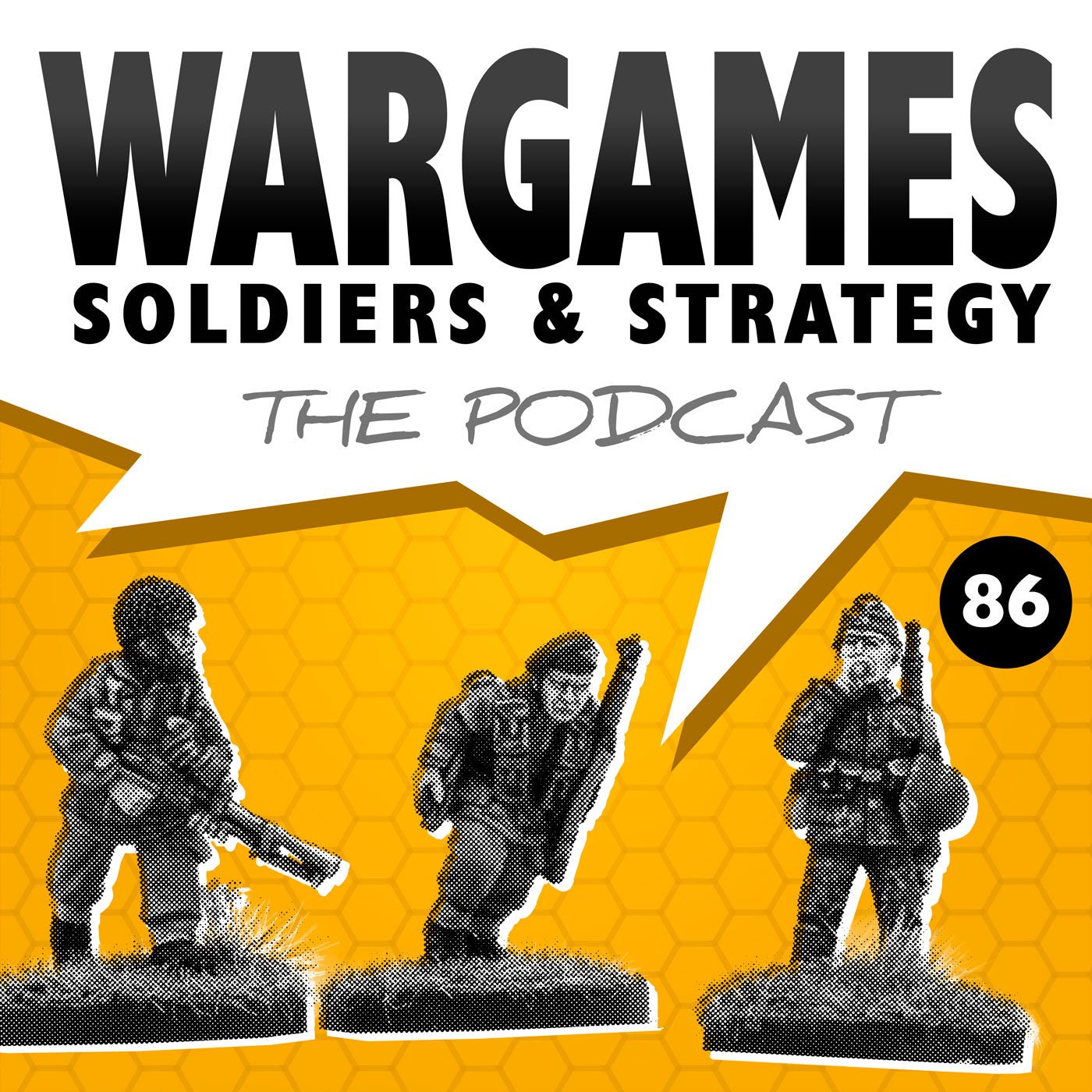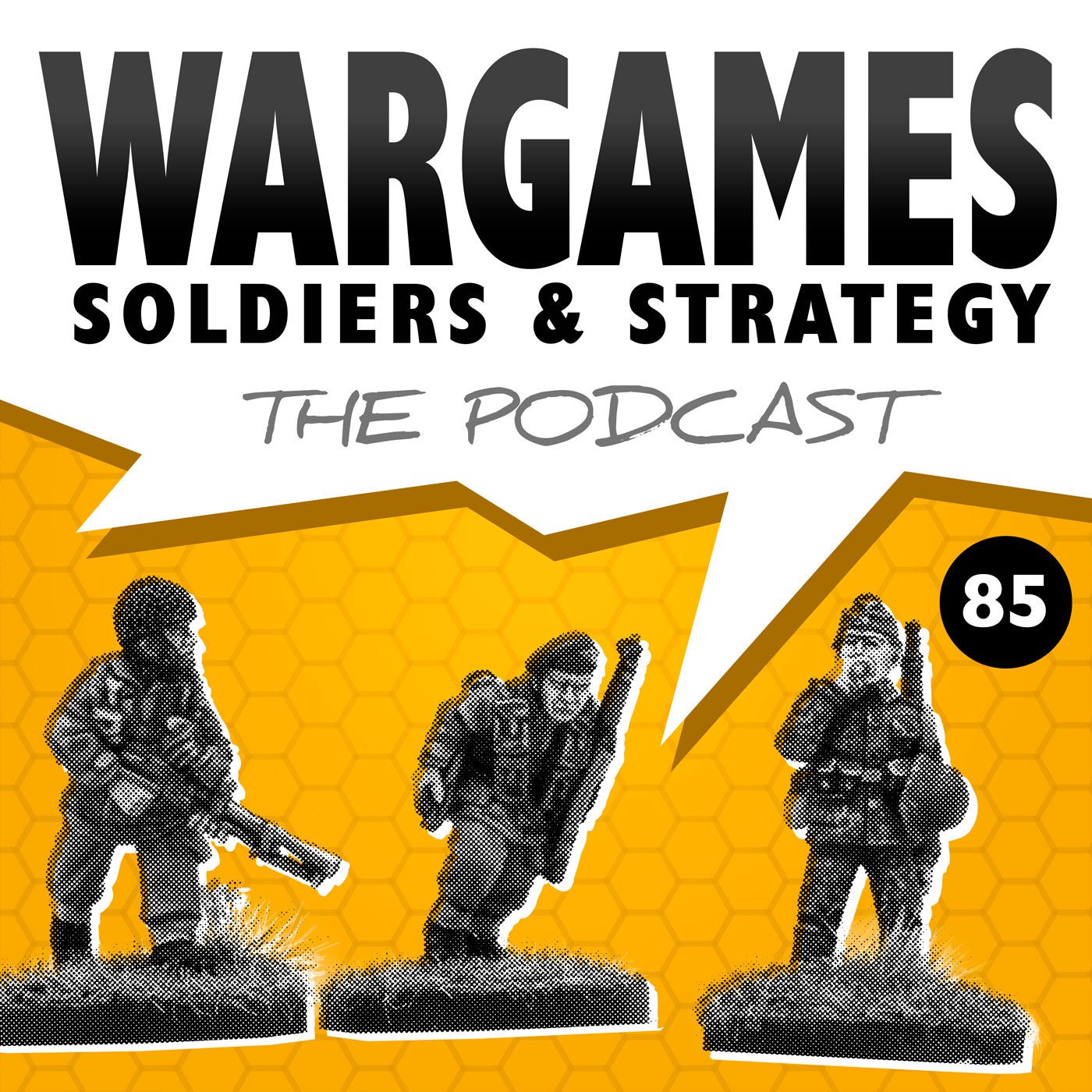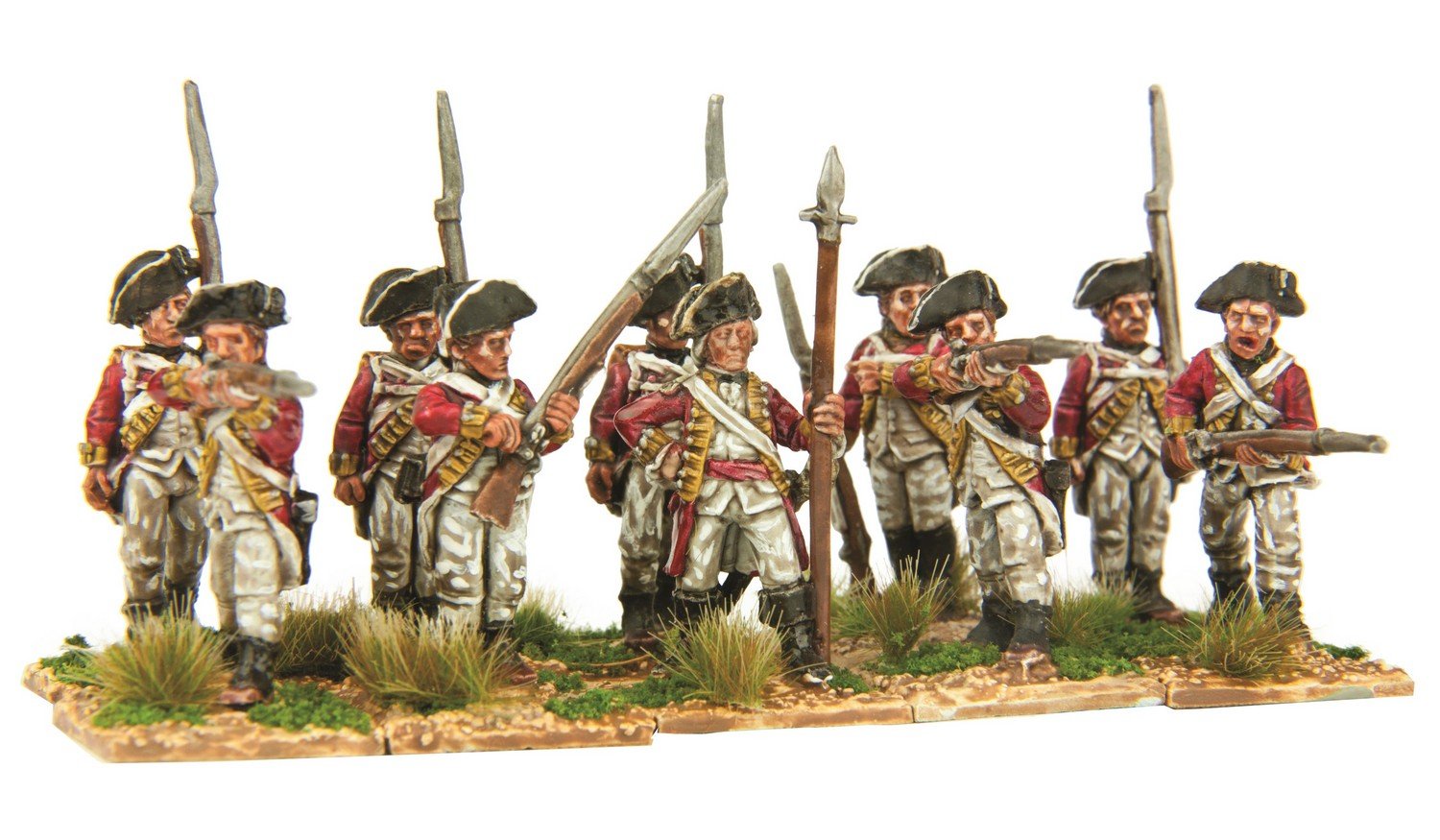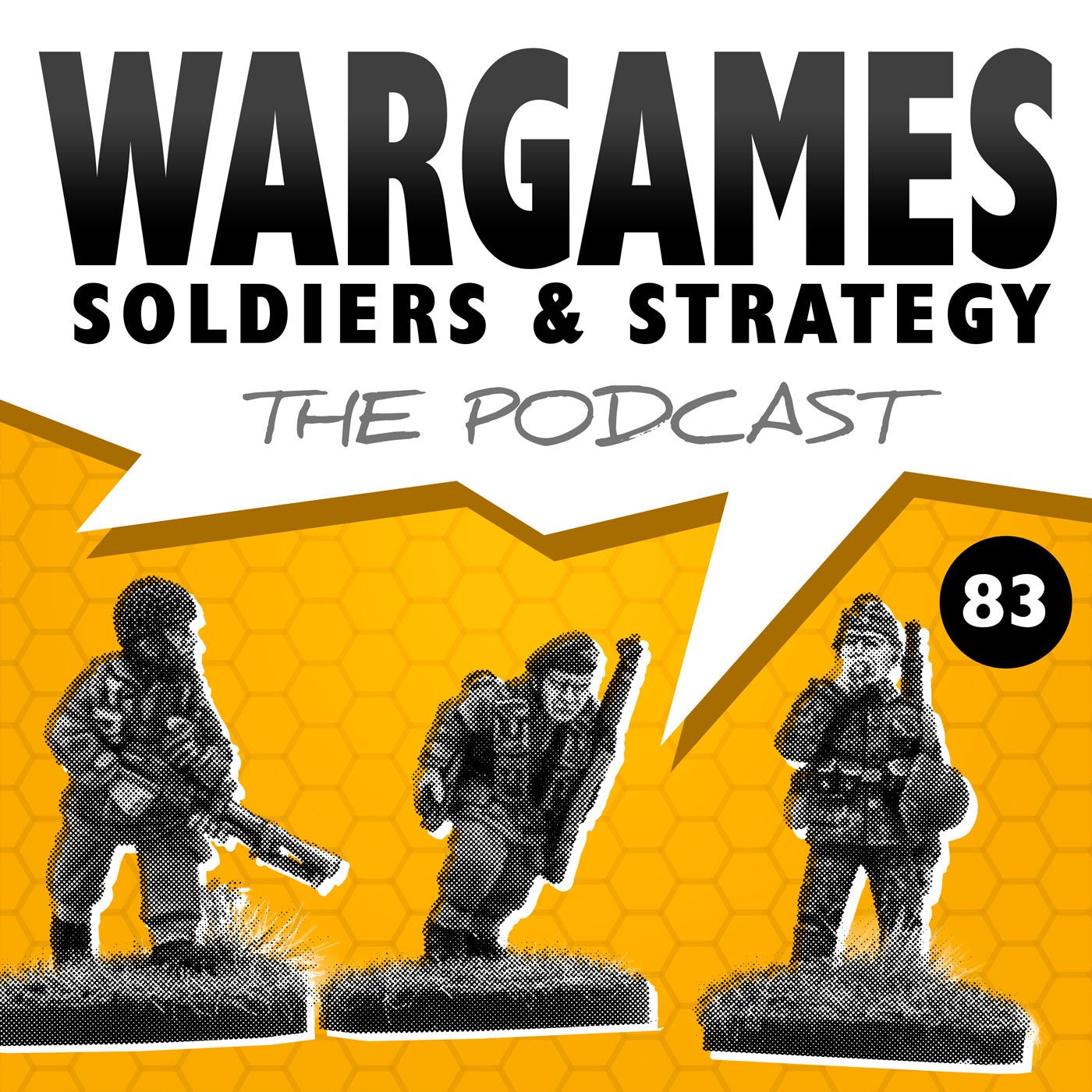Frigate action off Spain, 1781 - pt.1
The next issue of WSS has an article about the Battle of Cape Santa Maria. That reminded me of a battle off that same Cape 23 years earlier. On May 30 1781, two Dutch and two English frigates met in battle. Its results were celebrated in the Dutch Republic, but were really just a footnote during the Fourth Anglo-Dutch War (1780-1784).
Background
When the American War of Independence broke out, the Dutch Republic found itself indecisive. There was great popular sympathy for the nascent USA, but government circles and more importantly the 'Stadtholder' William V were staunch supporters of Britain. Having fought three vicious naval wars in the mid 17th century, the Dutch and Brits had been good friends and allies since the personal union under the King and Stadtholder William III.
The Republic - a federal state very dependent on the goodwill of the constituent provinces - at the time was a second rate military power, having neither the money nor the inclination to keep both a large army and navy. As a result, neither of the two services was particularly strong. Armed support, had the Republic wanted to provide it, was out of the question. Nor did the Dutch join the suppression of the revolt as requested by Britain.
However, the Republic was still a important trading state and financial powerhouse, which strongly believed in free trade above all. Having reputedly sold weapons to Spain during its own war of independence from exactly that country, it cannot have been a surprise that the Dutch figured they'd trade with both Britain and the United States. Essential supplies for the revolt flowed through the island of St.Eustatius to the US to the great annoyance of Britain.
In 1780, Russia, Sweden and Denmark started a league of Armed Neutrality which the Dutch Republic was interested in joining. To preempt this, Britain declared war on the Dutch Republic - the Fourth Angl0-Dutch war - capturing many merchant ships and St.Eustatius in a short matter of time.
May 1781
The entire Dutch fleet - divided in five admiralties, a remnant of the federalist constitution - consisted of only a few dozen ships. Consequently, the Dutch presence in the Mediterranean in 1781 consisted only of two warships: Castor, capt. Melvill van Carnbee, a 36-gun frigate and the frigate Briel, capt. Gerardus Oorthuys, 36 guns. The ships belonged to the Admiralty of the Meuse (the Rotterdam admiralty). As the older in rank, Melvill was in command of this small squadron.
In late May the squadron received orders to leave the Mediterranean and rendez-vous with a convoy of Dutch East Indiamen on their return voyage and escort them home. On May 29th, the frigates sighted two British ships near Gibraltar (then under siege). They were Flora, a new 36-gun (plus probably 8 carronades) frigate, commanded by William Peere Williams-Freeman and Crescent, 28 guns and six carronades, under captain Thomas Pakenham. The Dutch frigates sailed for the Atlantic and the British frigates followed, but avoided combat because the breeze was getting too strong. Nevertheless, the ships cleared for battle. Passing Cape Trafalgar in the rain with flashes of thunder, night fell.
In part 2 (tomorrow), I'll post from Oorthuys' captain's log about the battle itself.




